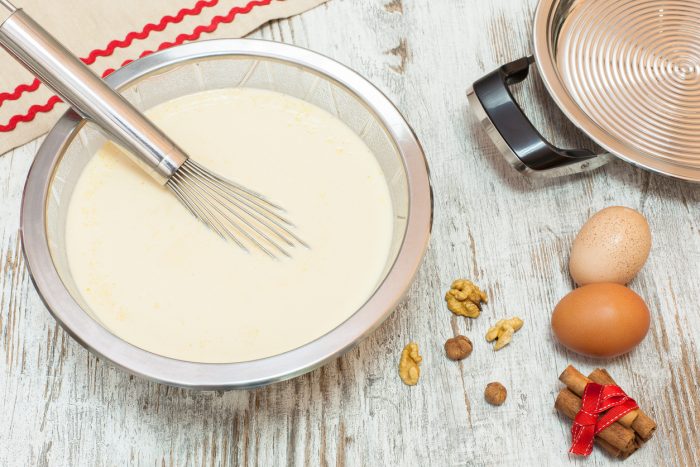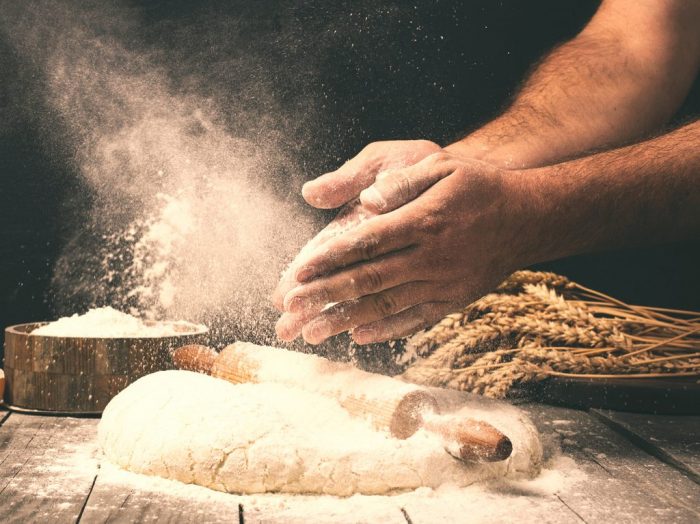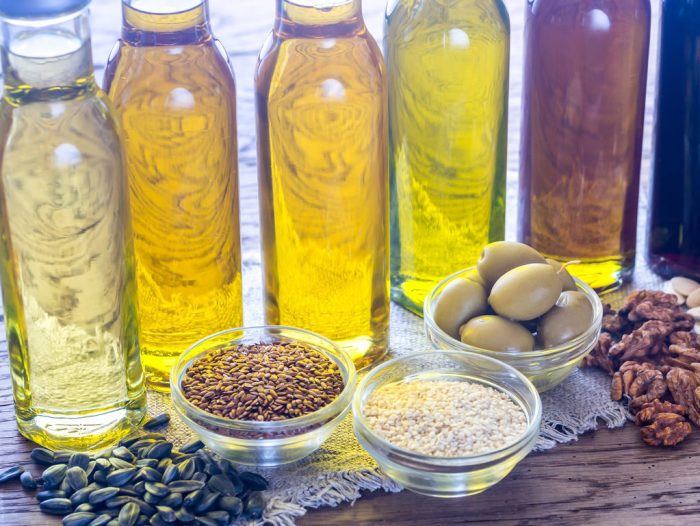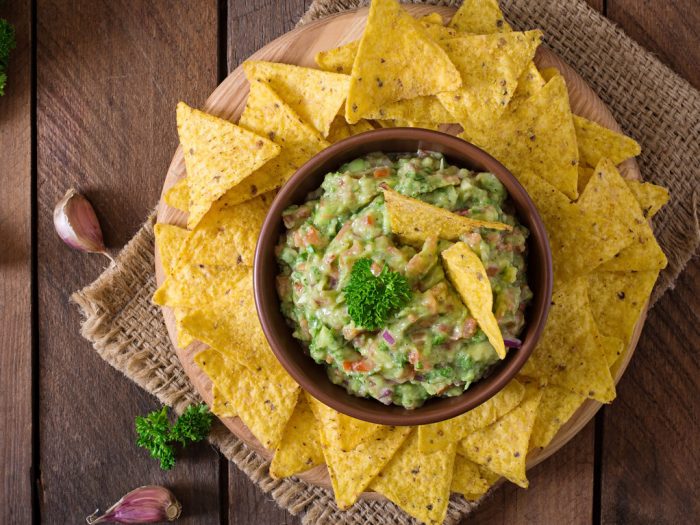What are you whipping up today? Batter or dough? Sometimes it can be hard to tell them apart, but that’s why we’re here: to help you with that.
In the kitchen, some words seem interchangeable sometimes or have very similar purposes and ingredients. So how do you know if what you’re making is batter or dough? And what are the main differences between them? Let us find out right now. This is a basic guide for any optimistic and enthusiastic beginner baker.
Sometimes batter and dough are used incorrectly to describe a mixture of flour and a liquid, but that’s not all there is to it. There are plenty of other differences and a quite significant nuance when it comes with telling if the mixture is batter or dough.
When it comes to this topic, it doesn’t matter as much that the ingredients are the same, but a way more important aspect of this is the ratio between the flour and the liquid.

Batter or dough – what’s the difference?
First of all, how would we describe a batter? It actually has two meanings. One of them is a thin mixture of flour, egg, and a liquid (water or milk). The key here is in the consistency: the batter has to be thin enough to be poured or dropped from a spoon. This meaning of the word batter refers to your pancake or waffle mix, but also a lot of the cookie batters you might be making.
The other meaning of batter refers to breading or coating meat or fish or vegetables with a mixture of flour and egg and sometimes adding breadcrumbs or panko to the coated thing.
When it comes to dough, it is usually a mixture made with flour and a liquid, which can be water, milk, or both. The mixture needs to be stiff enough to be rolled or kneaded.

Another difference – mixing the ingredients
The problem when adding flour to something is that you are not supposed to overmix it, because it makes the end result tough and chewy. That happens when the gluten in the flour is overworked. But because batter is thinner, that means that overmixing it is not a huge problem, since it takes a shorter while to properly blend everything together. So, you can use an electric mixer for the task.
But if a dough has to be thicker, then it’s going to be harder for your mixer to handle, unless you have a hardcore commercial-grade one. The best way to do it is to use your hands or a wooden spoon.






